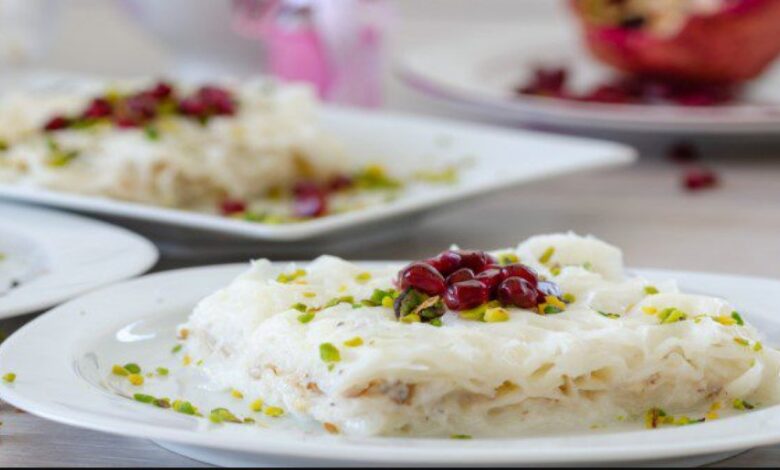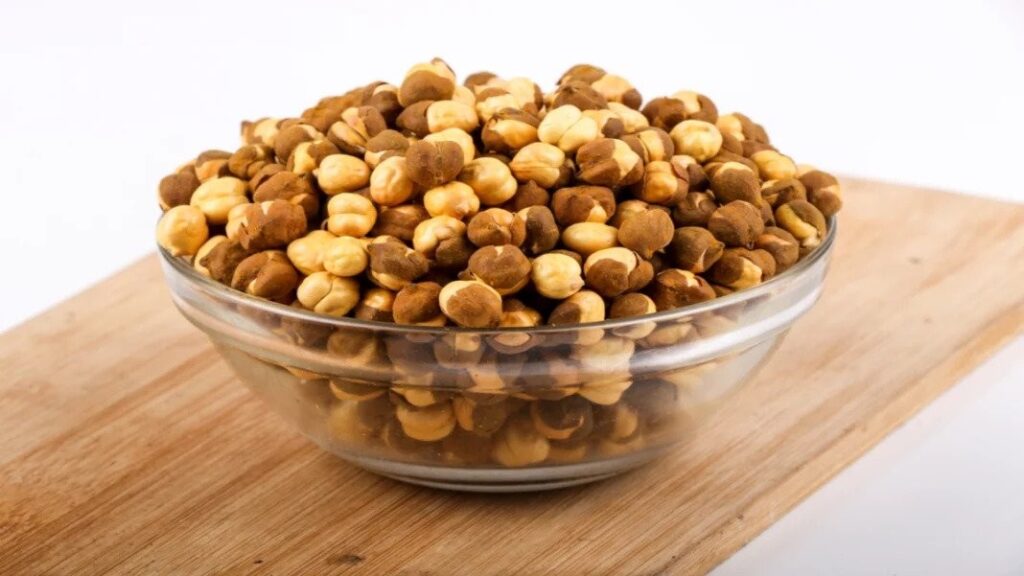Ğuf: A Sweet Symphony of Flavor and Tradition in Turkish Cuisine

Whether you’ve stumbled upon it in a Turkish bakery or heard its name whispered among culinary enthusiasts, Ğuf is a beloved Turkish dessert that captures the essence of exotic flavors and cultural heritage. In this article, we’ll unravel the mysteries of Ğuf, exploring its ingredients, preparation methods, serving options, health benefits, and significance both in Turkey and beyond.
Overview of Ingredient & Preparation
Ğuf, a delectable Turkish dessert, is crafted from simple yet wholesome ingredients. Semolina flour, yogurt, butter, eggs, and walnuts form a dough-like pastry. Shaped into balls and boiled, these ingredients transform into Ğuf’s irresistible texture and taste. The versatility of Ğuf allows for customization, with additions like raisins, almonds, or chocolate chips enhancing its flavor profile.
Variety of Serving Options
While Ğuf shines on its own, it also lends itself to various serving options. Enjoy it with syrup or honey for a classic Turkish breakfast, or elevate it to a healthier dessert by pairing it with fresh fruit in an ice cream sundae. For a savory twist, incorporate Ğuf into pancakes or omelets, or layer it with yogurt, nuts, and raisins for a delightful parfait. D dip Ğuf in dark chocolate and savor its decadent richness for those indulgent moments.
Health Benefits of Ğuf

Unlike many desserts, Ğuf offers health benefits alongside its delicious taste. Rich in natural sugars from dates and walnuts, Ğuf also boasts a high fiber content. Additionally, it provides essential nutrients such as Vitamin B and magnesium, which are vital for energy production and proper bodily function. Its low saturated fat content and antioxidant-rich ingredients like walnuts, Ğuf support overall well-being.
Finding Ğuf in Turkey & Abroad
Turkey is the heartland of Ğuf, where this traditional dessert has delighted generations. Cafés, restaurants, and bakeries across the country offer Ğuf as a sweet treat, often enjoyed after savory dishes like kebabs or mantı. Regional variations add unique flavors, with cities like Izmir infusing citrus zest or cinnamon and vanilla into their Ğuf recipes.
Making Your Ğuf at Home
Crafting Ğuf at home is both rewarding and accessible. You can recreate this Turkish delight in your kitchen with essential ingredients like flour, water, milk, egg yolk, olive oil, and honey or sugar. Carefully whisking, blending, and baking ensures a perfect Ğuf, ready to be enjoyed with family and friends.
Tips for Making a Perfect Ğuf
Attention to detail is critical when making Ğuf. Fresh, quality ingredients yield the best results, ensuring a creamy texture and harmonious flavor. Equip yourself with essential kitchen tools and techniques, from whisking eggs to baking to perfection. Taking your time and savoring each step guarantees a Ğuf that delights the senses and transports you to the bustling streets of Turkey.
Exploring the Cultural Significance of Ğuf:
Beyond its culinary appeal, Ğuf holds a deep cultural significance within Turkish society. Rooted in centuries-old traditions and passed down through generations, Ğuf embodies the spirit of Turkish hospitality and communal gatherings. It often serves as a centerpiece during festive occasions, symbolizing abundance, generosity, and togetherness. From family gatherings to religious celebrations, Ğuf is a cherished dessert that fosters connections and strengthens bonds among loved ones. Its presence on Turkish tables reflects the enduring legacy of culinary heritage, enriching palates and spirits with its timeless allure. As you indulge in Ğuf, you not only taste the flavors of Turkey but also partake in a cultural experience that transcends borders and unites hearts worldwide.
Conclusion
Essentially, Ğuf is more than just a dessert—it’s a cultural experience, a testament to Turkish culinary craftsmanship, and a celebration of flavor and tradition. Whether enjoyed in the vibrant markets of Turkey or recreated in your home kitchen, Ğuf invites you to embark on a journey of taste and discovery. So, embrace the allure of Ğuf, indulge in its sweetness, and savor the essence of Turkish culture with every bite.
FAQs (Frequently Asked Questions) About Ğuf
1. What is Ğuf?
Ğuf is a traditional Turkish dessert made from a dough-like pastry filled with nuts, dried fruit, and occasionally chocolate. It is known for its delicious taste and unique texture.
2. How is Ğuf prepared?
To prepare Ğuf, one typically combines semolina flour, yogurt, butter, eggs, and walnuts to form a dough. The dough is then shaped into balls and boiled until cooked through. Additional ingredients can be added for customization.
3. What are the serving options for Ğuf?
Ğuf can be served in various ways, including with syrup or honey for breakfast, as a topping for ice cream sundaes, incorporated into pancakes or omelets, layered in parfaits, or dipped in dark chocolate for a decadent treat.
4. What are the health benefits of Ğuf?
Despite being a dessert, Ğuf offers some health benefits. It contains natural sugars from ingredients like dates and walnuts and a high fiber content. Additionally, it is rich in Vitamin B and magnesium and low in saturated fats.
5. Where can I find Ğuf?
Ğuf is commonly found in Turkey, especially in cafes, restaurants, and bakeries throughout the country. It is also increasingly available in Turkish markets and specialty stores abroad.
You May Also Read:




